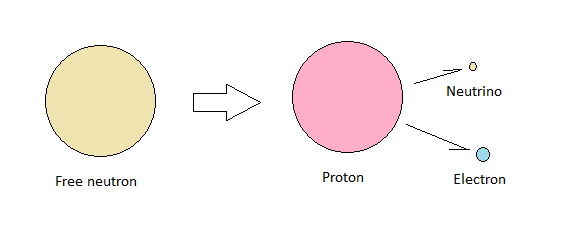The Fed hiked interest rates in the US by 0.75% yesterday. The stated aim of this is to reduce the rate at which prices for everyday consumer goods are going up. But will this work as intended?
Interest rates have been going down ever since 1981, and consumer prices haven't gone up by more than about 2% annually until recently, so there doesn't seem to be a direct link between price increases in stores and interest rates set by the Fed. There's no historic evidence to suggest that the price of consumer goods will go down if interest rates go up. However, logic tells us that the opposite may happen.
Producers of basic commodities use credit to run their operations. Farmers borrow money to pay for seeds and animal feed, so an increase in interest rates is an increase in cost of production. Their response will be to either cut back on production or increase their asking price. Either way, prices can be expected to go up as a consequence of higher interest rates.
If the people at the Fed believe that higher interest rates are necessary in order to curb consumer prices, they will continue to hike interest rates in response to higher prices on everyday consumer goods. We get a vicious cycle that continues until something breaks.
The Fed derives its power over people from the fact that just about everyone is in debt. They can increase or reduce the cost of this debt at will, from a centralized position. However, the effect is not equal for everyone, nor is it equal for every aspect of the economy.
The online entertainment business did well during our state imposed vacation. Everyone was at home, watching streamed videos. The cost of this was covered by state subsidies. Now that the subsidies have dried up and the cost of credit has gone up, this type of entertainment will be cut from people's budgets. Given the choice between food and entertainment, food comes out as the obvious winner.
The result of this is that the price of online entertainment will go down. Such businesses must cut costs and fire people. Share prices of such companies will go down. When looking at this segment of the economy, the response to higher interest rates is lower prices. However, this does little to reduce prices for essentials, because online entertainment isn't a big cost factor for the average farmer.
Higher interest rates forces everybody to cut down on costs. Consumers will delay purchases and cut discretionary spending. Any business dependent on this type of consumption will find it hard to find customers. They will fire people and cut costs. Things like houses and cars, which are typically bought with credit, will see a drop in demand.
With interest rates going up, it becomes less desirable to buy financial assets with credit. The financial sector will see deleveraging. People will sell assets to cover debt. All financial assets will be impacted by this, but industries dependent on discretionary spending and credit will be the hardest hit.
The effect of higher interest rates will hit unevenly, with consumer prices continuing up, and just about everything else crashing. People will see the value of their homes and financial assets drop relative to their cost of living. Many will find themselves unemployed, with little to no savings to cushion the blow.
The only bright spot in this is a stronger dollar, making imports less expensive than they would otherwise be. However, with inflation still higher than interest rates, the demand for dollar denominated assets will be muted. Why hold bonds with negative real yields when there's an alternative?
The US has abused its monopoly position as issuer of the world's reserve currency. Foreign states and large corporations know that US assets may be confiscated or frozen. Physical gold seems like a safe alternative.
Smaller actors will also pick up on this fact. Why hold speculative assets that may go to zero when there's gold for which there will always be demand? Nobody needs Bitcoin to get married. But without a gold ring, marriage is difficult, if not impossible.
The bottom line is that an increase in interest rates sends prices down for just about everything except essentials and gold. Commodities, energy, food and gold will continue up, and there's very little the Fed can do about it.
 |
| Sovereign |
By Heritage Auctions for image, Mary Gillick for coin - Newman Numismatic Portal, Public Domain, Link






























